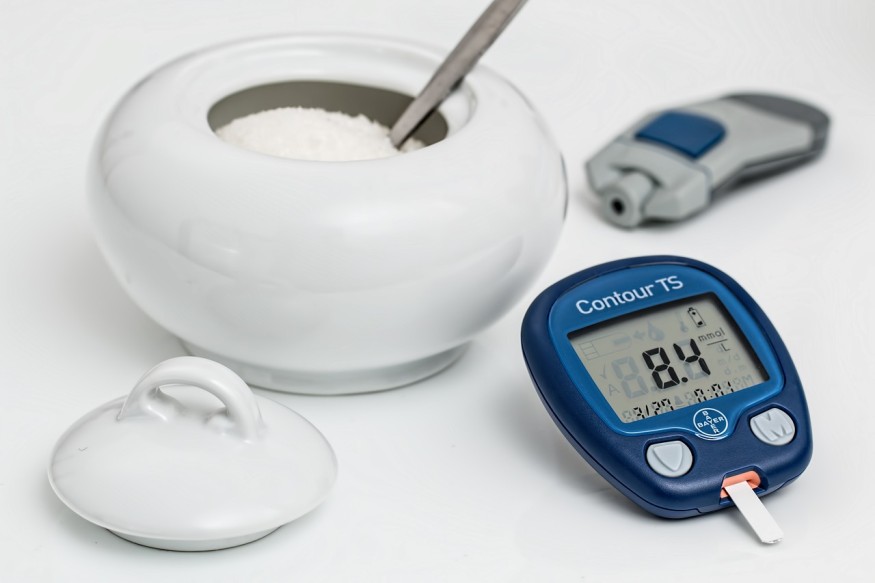
Both insulin and glucagon play crucial roles when it comes to regulating the body's blood sugar.
Insulin and Glucagon
Insulin and glucagon are in tandem when it comes to maintaining balance and keeping blood sugar levels at bay.
Glucagon, specifically, is responsible for the breakdown of glycogen into glucose within the liver. Insulin, on the other hand, allows the entry of blood glucose into the cells. They then use sugar for energy production.
These two work together for the maintenance of homeostasis, which refers to the steadiness of conditions within the body. When the blood sugar of a person soars too high, more insulin is secreted by the pancreas. When these levels plummet, more glucagon is produced by the pancreas to raise these levels.
Such balance offers enough energy while stopping damage that could be caused by blood sugar levels that are consistently high.
If the body of a person is incapable of maintaining such balance, conditions, including diabetes, could end up surfacing. Glucagon and insulin prescription medications could help keep the blood sugar levels of a person within a safe range.
ALSO READ : Glucose Level Detector Will Help You Check Blood Sugar Using Perspiration; Here's How It Works
How the Body Regulates Blood Sugar
Upon the consumption of carbohydrates via food, the person's body then converts these carbohydrates into glucose, which is a simple sugar that is a crucial source of energy.
However, this glucose is not used up at any one time. Rather, the body turns it into some molecules that are stored, known as glycogen. This is then kept in the muscles and liver.
When the body requires energy, liver glycogen is then converted into glucose once more. It then goes into the bloodstream from the liver. Insulin then allows it to go into the cells and offer energy for the functions of the body.
The pancreas also plays a different role. Different islet cell types release both glucagon and insulin. Alpha cells expel glucagon, while beta cells expel insulin.
While the blood sugar levels of a person fluctuate throughout the day, both glucagon and insulin help maintain a generally healthy range. When insufficient glucose is converted or absorbed, levels of blood sugar stay high. Insulin helps decrease these levels and offers glucose to the cells for energy. It does so by aiding with glucose absorption.
When the levels plummet too low, glucagon is released by the pancreas. This glucagon tells the liver to expel the glucose that is stored inside the organ. This then enables the rise in blood sugar levels.
Generally, hyperglycemia refers to having high blood sugar levels, while its opposite is hypoglycemia. Consistent hyperglycemia may lead to long-term bodily damage.
While high blood sugar levels could signify diabetes, they can also come with other medical conditions. Without appropriate medical attention, having high blood glucose may result in serious health complications. At times, this could be life-threatening. Both glucagon and insulin could help with the management of blood sugar levels to maintain overall health.
Check out more news and information on Medicine & Health in Science Times.
© 2025 ScienceTimes.com All rights reserved. Do not reproduce without permission. The window to the world of Science Times.












